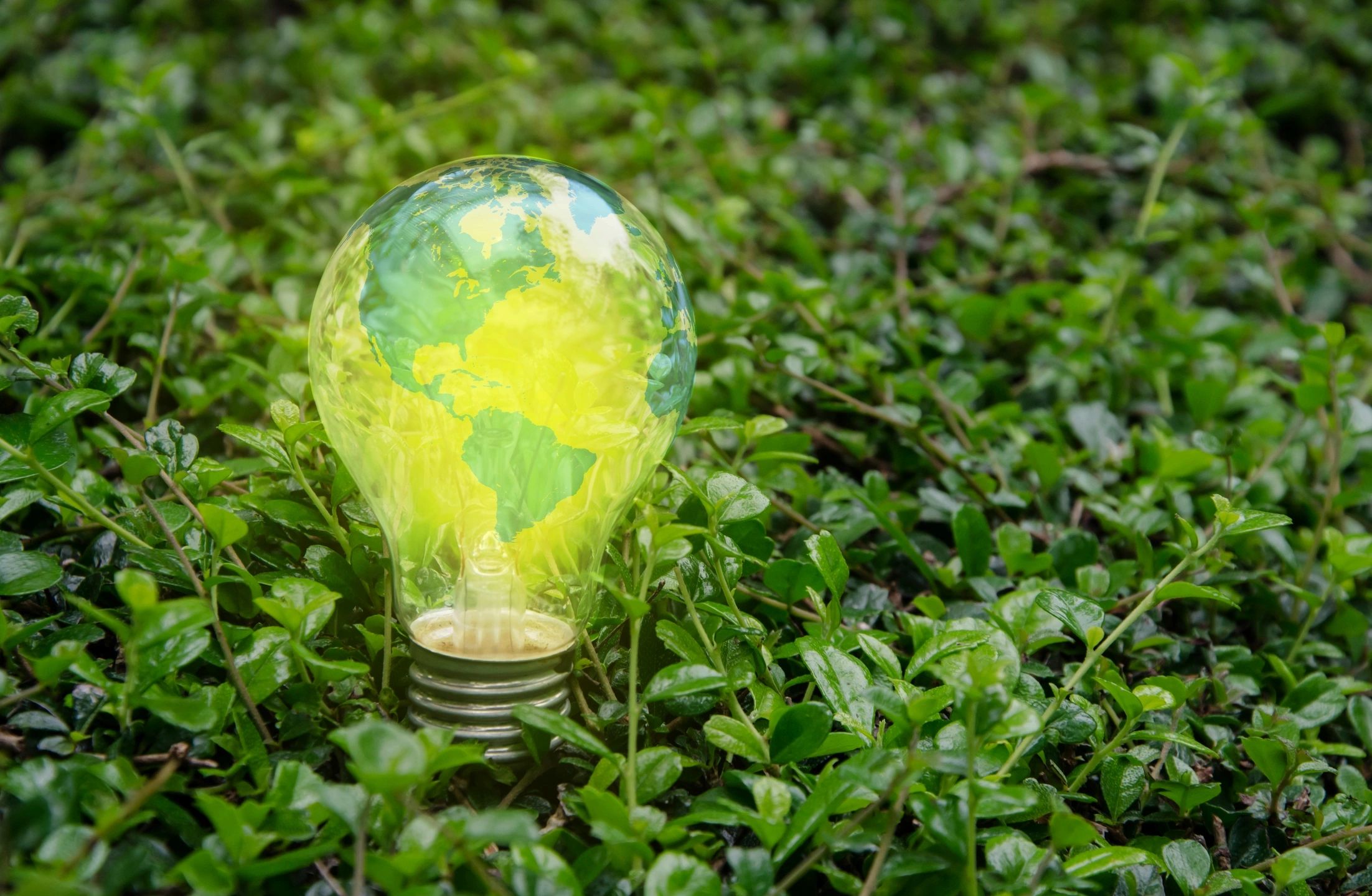Green Tech Innovations: How Technology is Driving Sustainability
As the world faces the urgent challenges posed by climate change, pollution, and resource
depletion, green technology has emerged as a beacon of hope. Innovations in this sector are
not only helping to mitigate environmental damage but also promoting sustainable practices
across various industries. From renewable energy sources to smart agriculture, technology is
playing a pivotal role in driving sustainability and creating a better future for our planet. This blog
explores some of the most exciting green tech innovations and how they are transforming our
approach to sustainability.
1. Renewable Energy Technologies
One of the most significant advancements in green technology is the development of renewable
energy sources. Solar, wind, hydroelectric, and geothermal power are leading the charge in
reducing our reliance on fossil fuels.
● Solar Energy: Solar panels have become increasingly efficient and affordable, making
them accessible for homes and businesses alike. Innovations like solar shingles and
solar concentrators are also improving aesthetics and efficiency.
● Wind Energy: Wind turbines have evolved, with larger and more efficient designs
generating power even in low-wind areas. Offshore wind farms are also gaining traction,
providing substantial energy while minimizing land use.
These renewable energy sources not only lower greenhouse gas emissions but also create jobs
and stimulate local economies, making them essential components of a sustainable future.
2. Energy Storage Solutions
The transition to renewable energy brings challenges, particularly in energy storage. Innovations
in battery technology are crucial for ensuring a reliable energy supply, especially with
intermittent sources like solar and wind.
● Lithium-Ion Batteries: While widely used, research is ongoing to improve their
efficiency and sustainability. Innovations in solid-state batteries promise to increase
energy density and reduce environmental impact.
● Flow Batteries: These batteries offer a longer lifespan and the ability to store larger
amounts of energy, making them ideal for grid-scale storage solutions.
With effective energy storage solutions, we can enhance the reliability of renewable energy,
making it a viable alternative to traditional energy sources.
3. Sustainable Agriculture Technologies
Agriculture is one of the largest contributors to environmental degradation, but technology is
paving the way for more sustainable practices.
● Precision Farming: Utilizing data analytics, IoT sensors, and drones, farmers can
monitor crop health, optimize resource use, and reduce waste. This approach not only
boosts yields but also minimizes environmental impact.
● Vertical Farming: This innovative method of growing crops in stacked layers uses less
land and water compared to traditional farming. By employing hydroponics and
aeroponics, vertical farms can produce food in urban areas, reducing transportation
emissions and promoting local food systems.
These technologies not only contribute to food security but also align with sustainable branding
strategies by promoting eco-friendly practices and responsible consumption.
4. Waste Management Innovations
Effective waste management is crucial for sustainability, and green tech innovations are
transforming how we handle waste.
● Waste-to-Energy Technologies: These processes convert waste materials into usable
energy, reducing landfill use and generating power simultaneously. This innovation not
only addresses waste disposal challenges but also contributes to energy production.
● Biodegradable Materials: Advances in material science have led to the development of
biodegradable plastics and packaging solutions that break down more easily in the
environment. This shift can significantly reduce plastic pollution and its harmful effects
on ecosystems.
By adopting these waste management technologies, businesses can enhance their branding identity services by demonstrating a commitment to sustainability and responsible practices.
5. Smart Cities and Sustainable Urban Planning
Urbanization presents significant environmental challenges, but technology is enabling smarter,
more sustainable cities.
● Smart Grids: These advanced electricity networks use digital technology to optimize
energy distribution and consumption, integrating renewable energy sources and
improving efficiency.
● Green Building Technologies: Innovations such as energy-efficient HVAC systems,
smart lighting, and sustainable materials are transforming construction practices, leading
to greener buildings that minimize environmental impact.
By embracing smart city technologies, municipalities can improve quality of life, reduce carbon
footprints, and create a more sustainable urban environment.
Green tech innovations are at the forefront of the global push for sustainability, offering practical
solutions to some of the most pressing environmental challenges. By harnessing renewable
energy, improving agricultural practices, revolutionizing waste management, and creating
smarter cities, technology is driving the transition to a more sustainable future.
For businesses, integrating sustainable practices into their branding strategy services is not
just a trend; it’s a necessity. As consumers increasingly seek brands that align with their values,
companies that prioritize sustainability can enhance their brand identity and connect more
deeply with their audiences.
In this rapidly changing world, embracing green technology is not only beneficial for the
environment but also presents opportunities for innovation and growth. By investing in
sustainable practices, we can build a healthier planet for future generations while creating a
thriving economy today.



